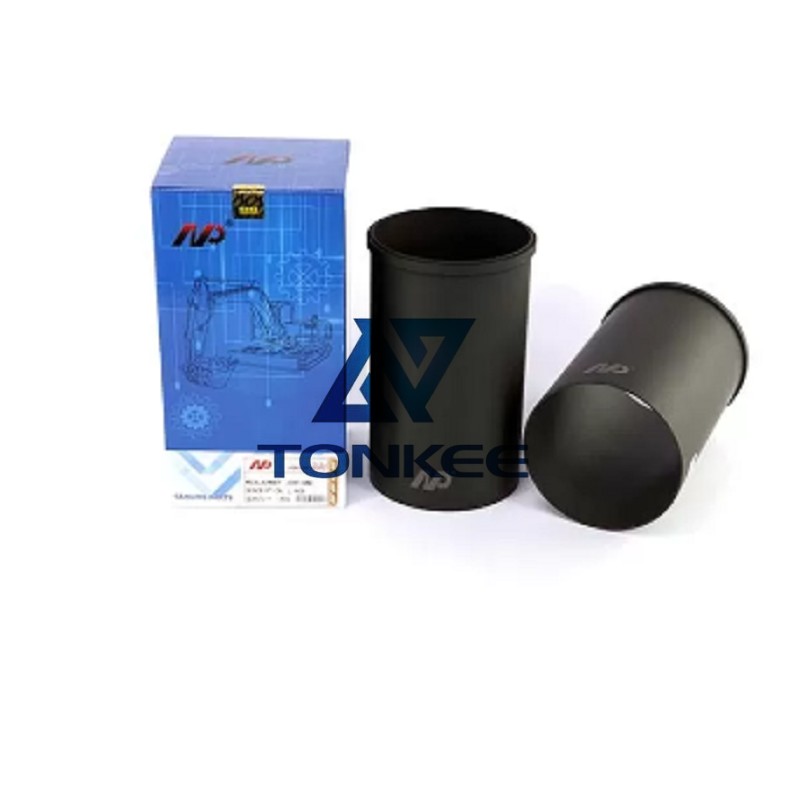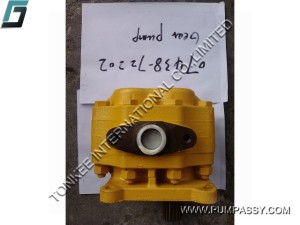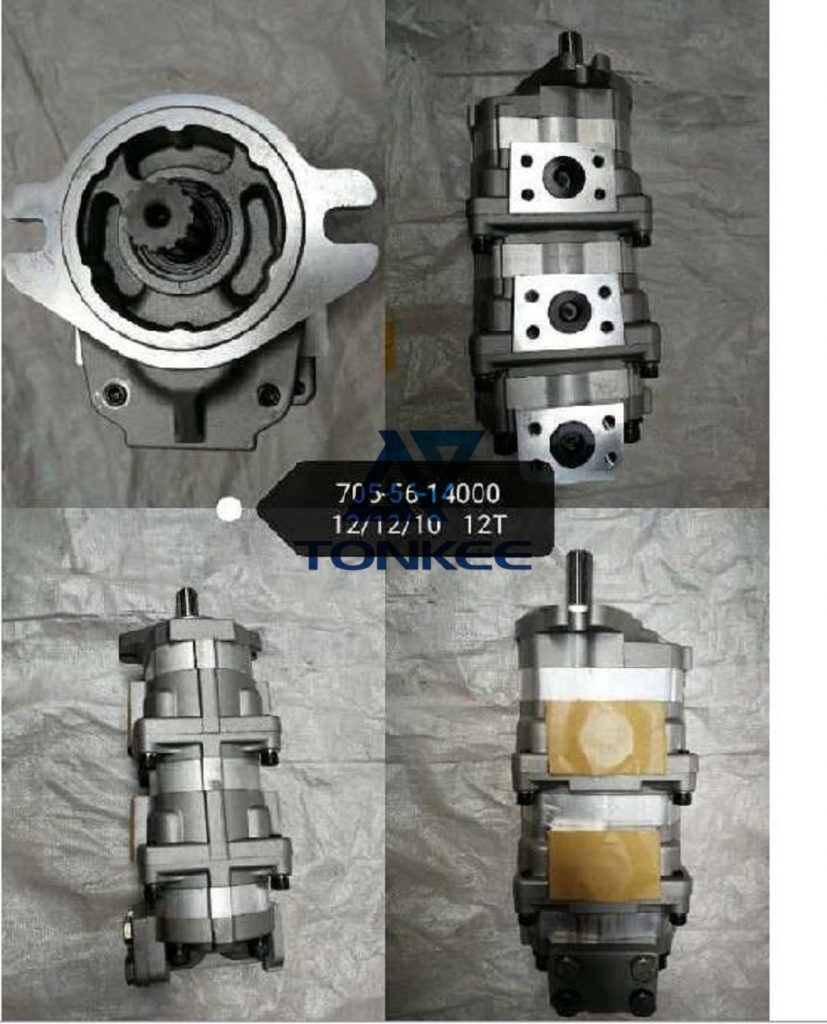
Material: The cylinder liners for these engines are typically made of high-quality cast iron.
Cast iron is known for its durability and heat dissipation properties, making it an ideal material for withstanding the high temperatures and pressures within an engine cylinder.
Size and Dimensions: The size and dimensions of the cylinder liner are designed to fit the specific engine block for which they are intended. This ensures a precise fit and proper alignment within the cylinder bore. The dimensions include the inner and outer diameter, as well as the length of the liner.
Surface Finish: The inner surface of the cylinder liner is carefully machined to achieve a smooth and uniform finish. This is essential for minimizing friction and wear between the liner and the piston, as well as ensuring efficient heat transfer from the combustion process to the engine coolant.
Cooling Features: Many modern cylinder liners incorporate cooling features to manage the high temperatures generated during combustion. These features can include coolant passages or fins that enhance heat dissipation and help maintain optimal operating temperatures.
Honing Pattern: The inner surface of the cylinder liner often features a honing pattern.
This pattern is created through a controlled abrasive finishing process and plays a crucial role in retaining a thin film of oil for lubrication and minimizing friction between the liner and piston rings.
Compatibility: Cylinder liners must be designed to be compatible with the specific engine model, such as HINO J05 or P11C. Proper compatibility ensures that the liner fits securely into the engine block and aligns with the other components, such as piston rings and connecting rods.
Ring Grooves: The cylinder liner typically includes grooves to accommodate the piston rings. The design and dimensions of these grooves are precise and should match the specifications of the piston rings used in the engine to create an effective seal.
Durability: The cylinder liner is subjected to extreme conditions, including high temperatures and pressure. It must be durable and resistant to wear, corrosion, and thermal stress to ensure a long service life.
Ease of Installation: The design of the cylinder liner should facilitate easy installation and removal when maintenance or replacement is necessary. Proper fit and alignment are essential for efficient engine operation.
Compliance with Industry Standards: Cylinder liners for diesel engines, including those used in excavators, should adhere to industry standards and quality control measures to ensure safety and reliability.



 English
English Русский язык
Русский язык





